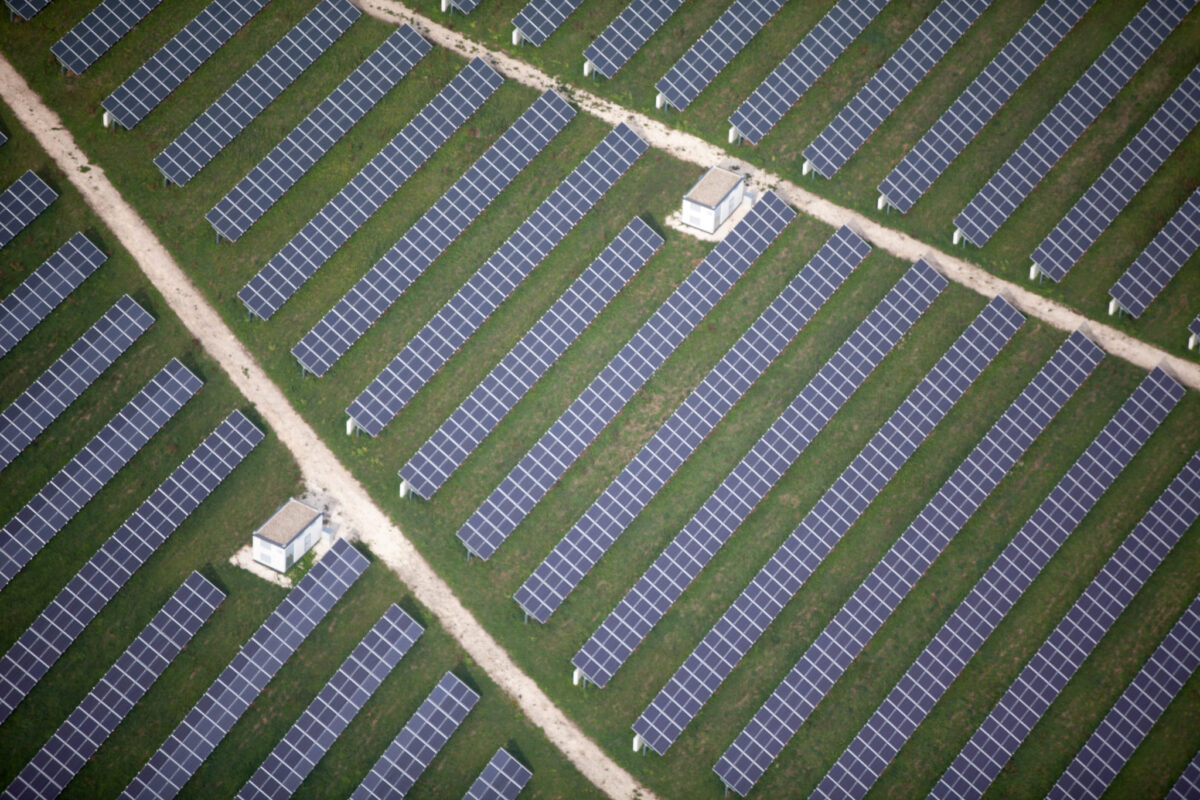A research group led by the Czech University of Life Sciences Prague has analyzed the monitoring data from 85 solar power plants deployed in Czechia between 2009 and 2010 and has found that the real lifetimes of the facilities are around half of what was originally planned.
“Power plants built in 2009–2010 have reached the end of their lifetime today,” is the astonishing conclusion drawn by the researchers. “In the years 2009–2010, the expected lifetime of PV power plants in the Czech Republic was 20–25 years. Today, after about 12 years, it turns out that this estimate was too optimistic and the real lifetime is about half.”
The academics said all the facilities are monitored via the same monitoring system – Solarmon-2.0 – and explained that the plants showed very similar results, noting that the main cause of panel degradation was delamination. They said the modules used at the facilities were provided mostly by Tier 1 manufacturers without providing their names. They also noted that most of the modules had glass/EVA/TPT laminate design and are installed with an inclination of 35 degrees.
They also explained that the main cause for the reduced lifetime of the solar farms was not only due to a poor estimation of the technical possibilities of the PV panels at the time of planning and installation, but also to a profit-led approach aimed at lowering the costs of the projects. “For example, weaker frames or a smaller distance between the PV cells and the grounded frame of the PV panel are used,” they added. “At the same time, the electrical voltage increases in a series-connected string of PV panels.”
Popular content
Through its analysis, the group ascertained that the performance of the plants was quite in line with expectations for the first 10 years, but it discovered then that the frequency and number of failures increases considerably from the 11th year. “After the 11th year, the performance of the panel without the use of siloxane renovation (or another repair means) decreases so much that it needs to be replaced completely,” it emphasized.
pv magazine print edition
In the latest issue of pv magazine we turn the spotlight onto European solar with a comprehensive review of the state of the PV industry across the region’s key markets and a look at the legislation which aims to drive a solar rooftop boom. We also examine the difficulty of establishing a solar panel recycling industry in Australia, where industry backbiting isn’t helping matters.
The researchers also conducted an economic analysis of the results provided by the monitoring data and found that the plants were still profitable, although with much lower margins than originally planned. “With the current relatively high electricity prices (end of 2022), the payback period of power plants falls significantly below 10 years, which in the current situation, would be enough to cover investment costs,” they stated. “However, any decrease in the lifetime of the panels results in a lower return on these investments.”
Their findings were presented in the paper “Reduced real lifetime of PV panels – Economic consequences,” which was recently published in Solar Energy. “The new information could be helpful for owners of PV power plants to get a more realistic estimation of profits,” they concluded.
This content is protected by copyright and may not be reused. If you want to cooperate with us and would like to reuse some of our content, please contact: editors@pv-magazine.com.



I would be interested to see how 2020 panels do assuming they came with massive upgrades compared to 2010 models.
I hope there are so results of testing in 2025 2026.
If I understood this article correctly, there was some cheaping down on materials involved. That information speaks for itself. Corruption? You only get what you pay for? For sure, much can be learned from this undertaking.
Next, the upside of the downside, is the project costs have been recovered, but the ecpected profit revenues will not be forthcoming. Win some lose some.
Sounds like a restart is in order. R & D in the tech over the last decade has resulted in successful innovations by leaps and bounds. Some necessarily need to be tested isitu, as the original panels were. I say, a panel replacement plan is in order, which very likely will prove a hugely improved performance.
I humbly recommend that a certain portion of the entire project be dedicated to insitu testing of the various newly developed panel technologies. Invite the innovators to participate.
I applaud the courage and forward thinking and pioneer spirit it took to create a monumental solar project way back in 2009, 2010. Bravo. You can look your reward, not in the bank perhaps but rather in the many lessons learned and solid foundation of your project going forward.
Best to you all